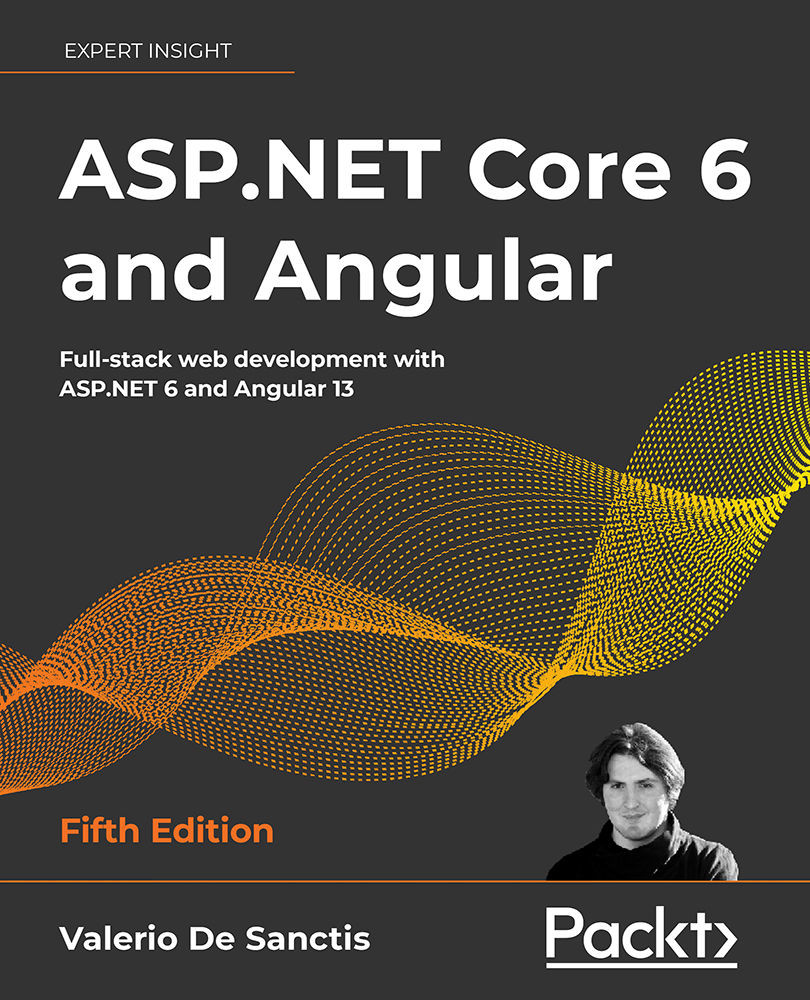As we have seen, both frameworks have gone through many intense years of changes. This led to a whole refoundation of their core and, right after that, a constant strain to get back on top – or at least not lose ground against most modern frameworks that came out after their now-departed golden age. These frameworks are eager to dominate the development scene: Python, Go, and Rust for the server-side part, and React, Vue.js, and Ember.js for the client-side part, not to mention the Node.js and Express ecosystem, and most of the old competitors from the 1990s and 2000s, such as Java, Ruby, and PHP, which are still alive and kicking.
That said, here’s a list of good reasons for picking ASP.NET Core in 2022:
- Performance: The new .NET web stack is considerably fast, especially since .NET Core 3.1, with further improvements in .NET 5 and .NET 6.
- Integration: It supports most, if not all, modern client-side frameworks, including Angular, React, and Vue.js.
- Cross-platform approach: .NET web applications can run on Windows, macOS, and Linux in an almost seamless way.
- Hosting: .NET web applications can be hosted almost anywhere: from a Windows machine with IIS to a Linux appliance with Apache or NGINX, from Docker containers to edge-case, self-hosting scenarios using the Kestrel and WebListener HTTP servers.
- Dependency injection: The framework supports a built-in dependency injection design pattern that provides a huge number of advantages during development, such as reduced dependencies, code reusability, readability, and testing.
- Modular HTTP pipeline: ASP.NET middleware grants developers granular control over the HTTP pipeline, which can be reduced to its core (for ultra-lightweight tasks) or enriched with powerful, highly configurable features such as internationalization, third-party authentication/authorization, caching, routing, seamless integration with industry-standard APIs, interfaces, and tools such as SignalR, GraphQL, Swagger, Webhooks, and JWT.
- Open source: The whole .NET stack has been released as open source and is entirely focused on strong community support, thus being reviewed and improved by thousands of developers every day.
- Side-by-side execution: It supports the simultaneous running of multiple versions of an application or component on the same machine. This basically means that it’s possible to have multiple versions of the common language runtime, and multiple versions of applications and components that use a version of the runtime, on the same computer at the same time. This is great for most real-life development scenarios as it gives the development team more control over which versions of a component an application binds to, and more control over which version of the runtime an application uses.
As for the Angular framework, the most important reason we’re picking it over other excellent JavaScript libraries such as React, Vue.js, and Ember.js is the fact that it already comes with a huge pack of features out of the box, making it the most suitable choice, although maybe not as simple to use as other frameworks/libraries. If we combine that with the consistency benefits brought by the TypeScript language, we can say that Angular, from its 2016 rebirth up to the present day, has embraced the framework approach more convincingly than the others. This has been consistently confirmed in the last few years, with the project undergoing six major versions and gaining a lot in terms of stability, performance, and features, without losing much in terms of backward compatibility, best practices, and overall approach. All these reasons are solid enough to invest in it, hoping it will continue to keep up with these compelling premises.
Now that we have acknowledged the reasons to use these frameworks, let’s ask ourselves the best way to find out more about them: the next chapter should give us the answers we need.



 Free Chapter
Free Chapter

